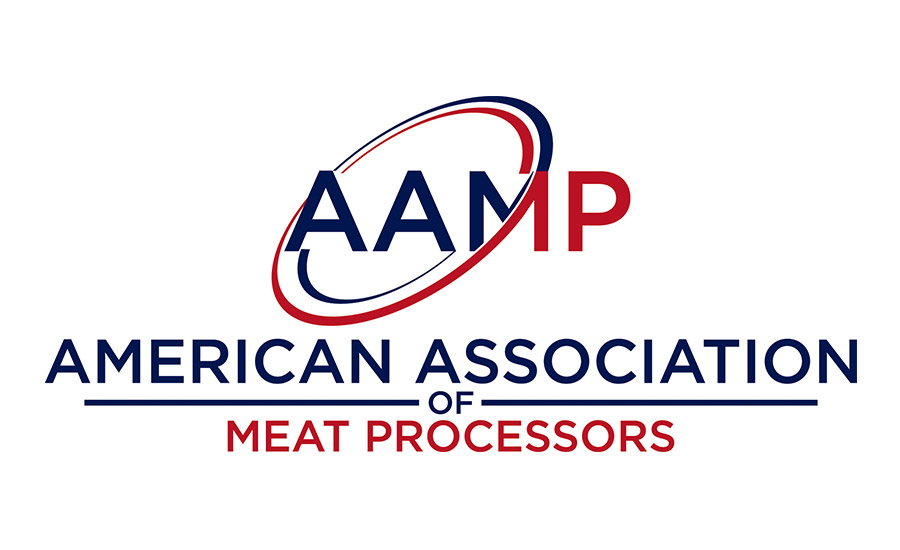2022 Industry Outlook

Happy New Year! It’s hard to believe that 2021 is behind us and 2022 is here in all its glory. Last year brought some of the best business the industry has had in years; however, it also brought some of the greatest challenges — challenges that were met head-on by the independent processor. Below are some areas worth keeping an eye out on as they may affect your business in the year to come.
FINANCIAL ASSISTANCE
USDA announced last year that they would invest $1.4 billion in pandemic assistance to provide relief to small producers and processors impacted by COVID-19. This includes $700 million to reach small operations that have not received previous rounds of federal pandemic aid. USDA will also invest $500 million in the American Rescue Plan Act funds to support new competitive entrants to expand local and regional meat and poultry processing capacity. Grants can be used to upgrade equipment, personnel training costs, plant expansion, and more. I would encourage any small processor that is eligible to apply. Use this opportunity to recover from any extra costs incurred because of the pandemic or to expand operations in your facility. This will be key in helping to combat the supply chain issues and rising beef costs to consumers.
LABOR SHORTAGES
While state and federal grants are helping processors, staffing continues to be a challenge for the industry. To help with this, many universities are launching butcher programs to train the next generation of processors. This year, Penn State University launched its first butcher school program, and it has been met with a great response, as the school now has a waitlist. The Niche Meat Processor Assistance Network is also expanding training opportunities through virtual learning with its Western Meat School. Two Minnesota colleges are expected to start meat cutting programs this year aimed at training the next generation of animal slaughter, butchery, and processing workers. These aren’t a one-size-fits-all solution to the labor shortage, but it's a step in the right direction and a good sign of things to come.
MOVING AWAY FROM WILD GAME PROCESSING
The wild game season was often where processors made their extra money for equipment upgrades. The past two years resulted in good business for many producers and as result, many have walked away from wild game processing. Many shops have increased their wild game processing costs to reduce demand, but it still hasn't slowed. It may become increasingly difficult for hunters to find a local butcher in their area to process wild game, or at least in a timely manner.
INCREASED MOBILE SLAUGHTER INTEREST
Since the onset of the pandemic, the demand for mobile slaughter has skyrocketed. This is the result of smaller local farmers struggling to get their animals processed in the wake of many plants having to close or operate at lower capacities. I believe we will see a growing need for this to respond to the need for more slaughter capacity. It can be more cost-effective to slaughter on-site than to haul animals a long distance. The quality of the meat also goes down due to the stress on the animal during transport. The farm-to-table movement isn’t going anywhere, and mobile slaughter is another opportunity to appease consumers interested in locally sourced proteins.
REGULATORY CHALLENGES
Our top regulatory priority in 2022 is the newly released Appendix A & B by FSIS. The industry and FSIS have worked together these past few years to create a document that addresses food safety issues but is also practical for processors to use. AAMP is reviewing the guidelines and will let its members know what these mean for those who use the 1999 versions as your supporting documentation. Processors will have one year from the release to comply. Helping small processors understand these new guidelines and either implementing them or finding new documentation is of primary importance.
As I look at the year ahead and what it means for the independent processor, the outlook continues to be promising. AAMP membership saw considerable growth again this year, and we accomplished a substantial amount of work in representing the interests of the small processor. If you are not a member of AAMP, I would encourage you to join and experience all the benefits being a partner of the association has to offer. Please visit our website at www.aamp.com for more information, or call us at 717-367-1168 with questions.
Looking for a reprint of this article?
From high-res PDFs to custom plaques, order your copy today!







